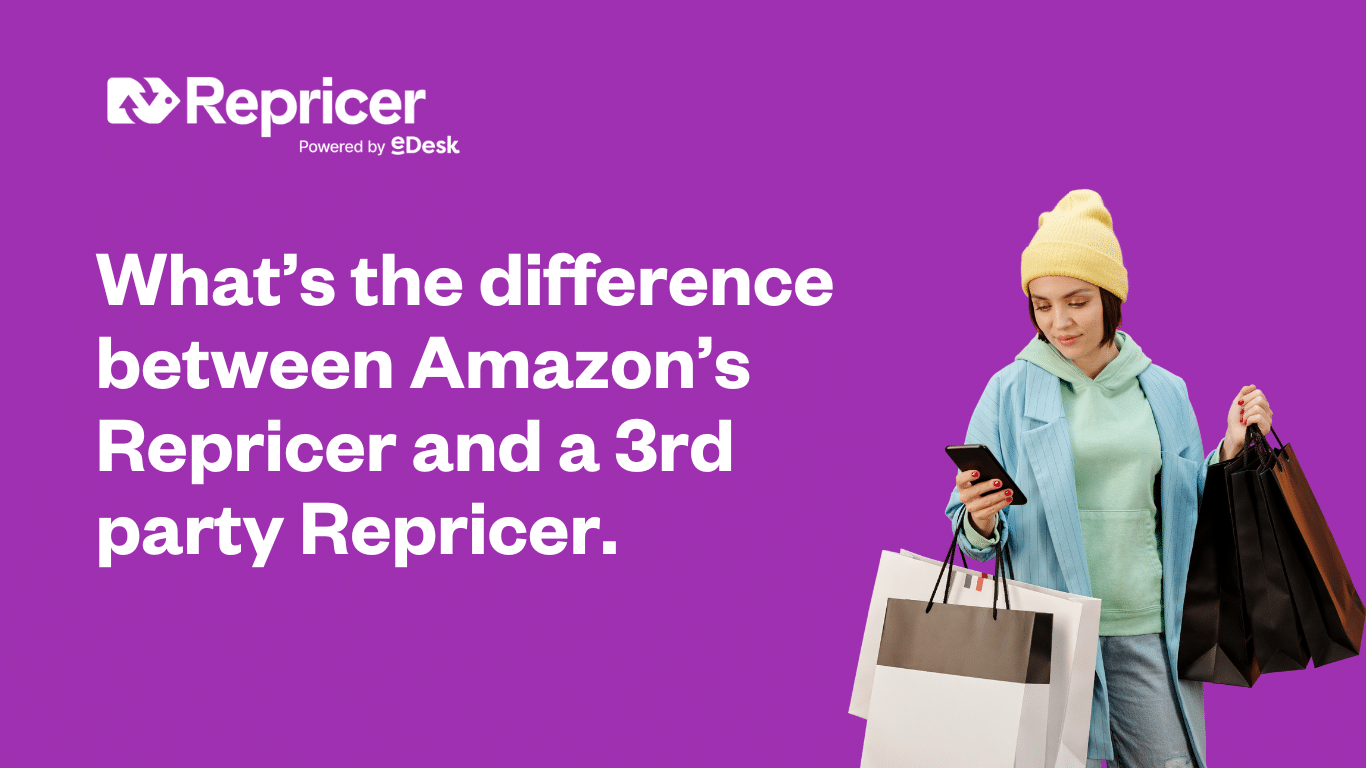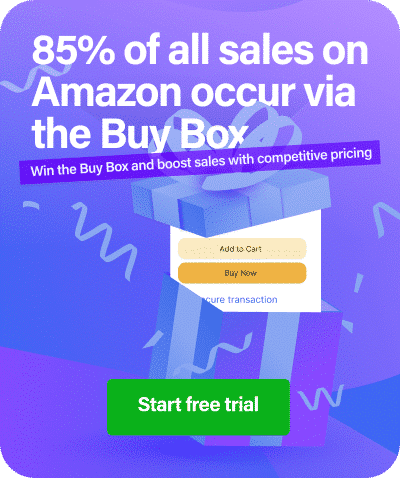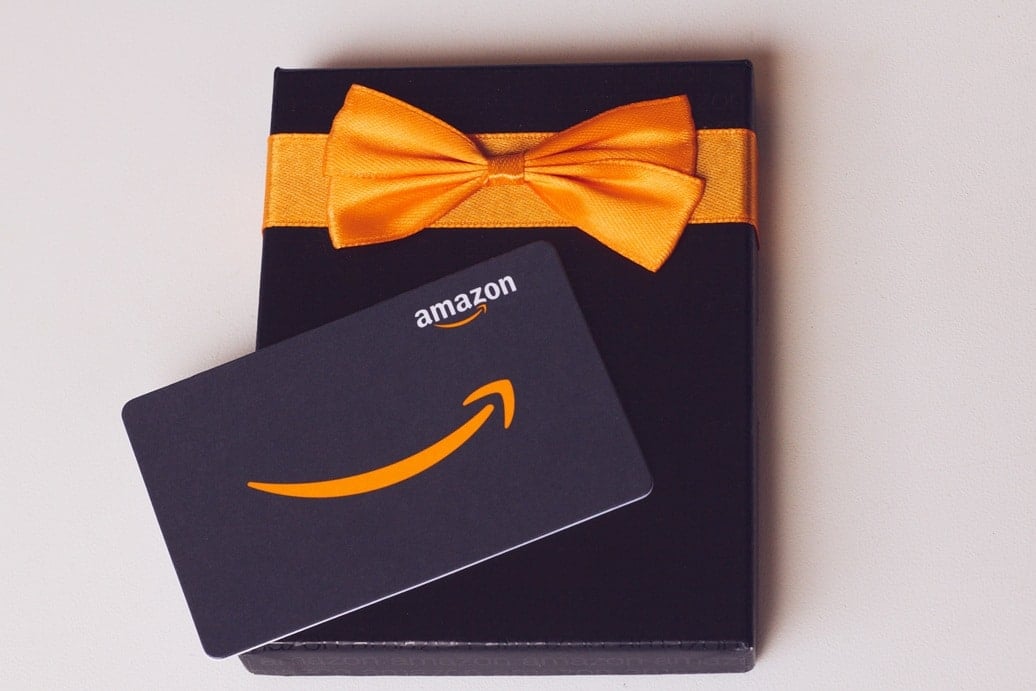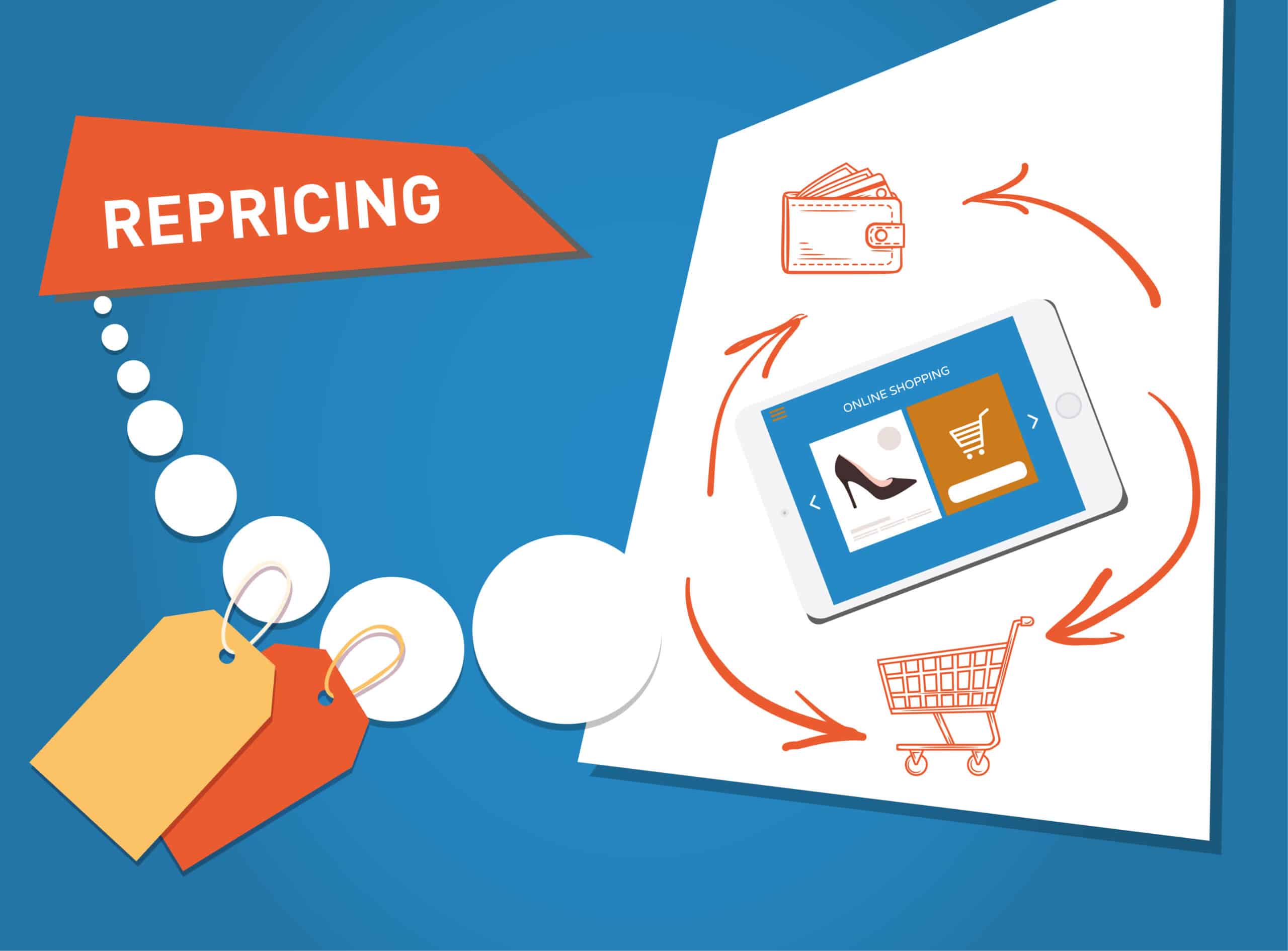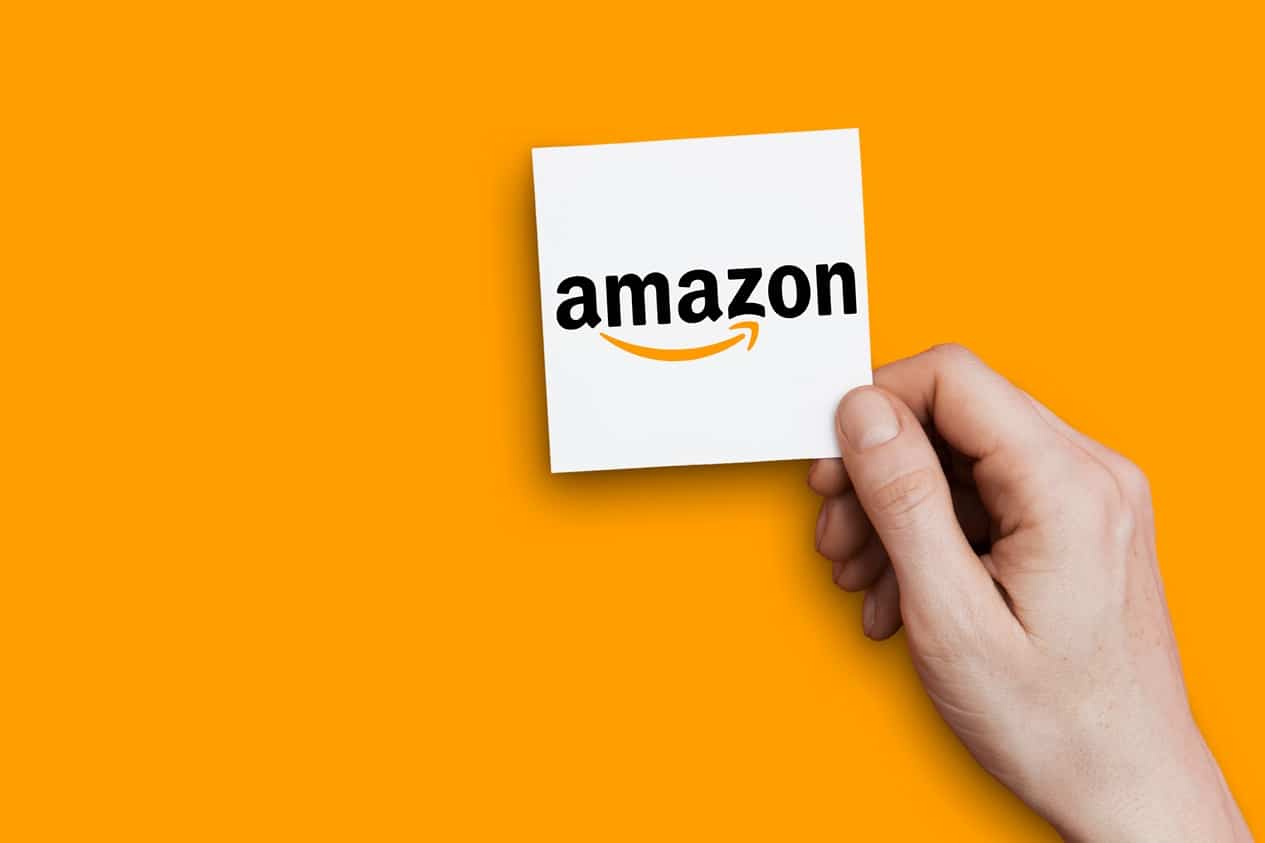If you’re serious about building a profitable Amazon business (which we assume you are) pricing is so much more than a technical detail – in fact, we’d go so far as to say it should be your frontline strategy. Because with so many sellers competing for the same Buy Box, having a powerful repricing system is nothing short of absolutely crucial.
But you know that already.
Now, helpfully, Amazon includes a no-cost repricer with its Professional Seller plan. But take a pause – do not go doing anything hasty before you’ve done some research (or, as you’re here, let us do that for you). Because while that might sound convenient, many experienced sellers skip it in favor of more intelligent, profit-focused alternatives.
Why? Let’s take a peek at what’s really going on behind the curtain…
1. Basic Rules = Basic Results
Amazon’s built-in repricer is limited to rigid formulas that simply react to the lowest market price. It doesn’t account for your margins, inventory levels, or long-term strategy. If another seller drops their price drastically, your listing follows – even if it means sacrificing your profits.
Sellers using third-party tools can take advantage of dynamic algorithms, competitor-aware pricing, and AI-driven strategies. These capabilities allow for smarter decisions that go beyond just being ‘cheaper than the next guy.’
2. It Promotes a Price War You Can’t Win
When every seller is using the same simplistic pricing logic – drop to match, or beat the lowest offer – the outcome is predictable: prices nosedive.
The result? A never-ending race to the bottom that benefits Amazon shoppers but wipes out your margins. So, instead of sustainable revenue, you end up chasing volume at the cost of profitability.
In contrast, third-party repricers like repricer.com give you the flexibility to price competitively without undermining your business goals, because they look at multiple data points, not just the lowest price on the page.
3. No Smart Boundaries for Profit Protection
One of the most important features of a modern repricing tool is automated Min and Max pricing …not just static numbers, but intelligent guardrails that can be calculated based on ROI, profit per unit, or margins.
Amazon’s repricer simply doesn’t support this level of control. Which means you have to manually set limits or risk selling at a loss if the market shifts quickly. And if you’re managing hundreds of SKUs? Good luck keeping up.
The alternative? We’re glad you asked… third-party platforms let you automate pricing limits at scale, which both protects your bottom line and frees up your time. You know, so you can eat and sleep, that sort of thing.
4. You’re Feeding Your Competition
Let’s not forget: Amazon is more than just a platform, it’s also your competitor. When you use their native pricing tool, you’re potentially exposing valuable insights like your pricing behavior, margin thresholds, and sales velocity.
Would you share your pricing strategy with a direct rival? Of course not. But that’s exactly what happens when you trust Amazon to manage your prices. If your red flag isn’t raised, raise it now.
Using a third-party repricer means keeping your business intelligence private, which is exactly where it belongs.
What All This Means
Essentially, if your pricing tool isn’t helping you grow profitably, it’s holding you back. The limitations of Amazon’s built-in repricer make it more suitable for casual sellers than serious businesses. For those aiming to scale, improve margins, and stay competitive without sacrificing profitability, it’s time to look elsewhere.
Want to see what a truly intelligent repricing solution can do? Book a Demo with Repricer today and find out how advanced repricing strategies can give your business the edge it deserves.
